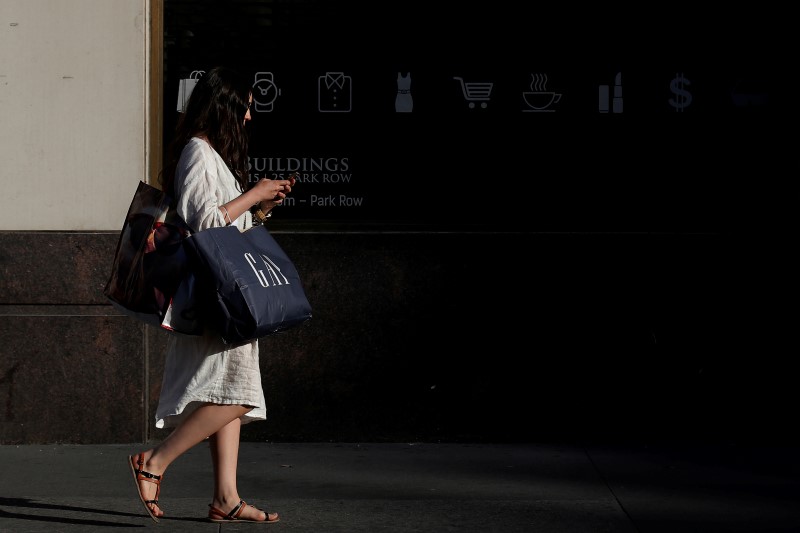By Lucia Mutikani
WASHINGTON (Reuters) - U.S. retail sales rose strongly in May as Americans bought automobiles and a range of other goods, even as they paid more for gasoline, suggesting that economic growth was gaining steam despite a sharp slowdown in job creation.
Other data on Tuesday hinted at a steady build-up of inflation pressures, with import prices recording their largest increase in just over four years in May as the drag from a strong dollar and lower oil prices fades.
"As has been the case in the prior two years, the modest first-quarter disappointment in consumer spending now appears to be a short-lived soft patch," said Michael Feroli, an economist at JPMorgan (NYSE:JPM) in New York. "This number also lends credence to the idea that the big miss on May payrolls may have been sending an overly pessimistic signal on growth."
The Commerce Department said retail sales increased 0.5 percent last month after surging by an unrevised 1.3 percent in April. The second straight month of gains boosted sales 2.5 percent from a year ago. Excluding automobiles, gasoline, building materials and food services, retail sales rose a solid 0.4 percent last month after an upwardly revised 1.0 percent increase in April.
These so-called core retail sales correspond most closely with the consumer spending component of gross domestic product. They were previously reported to have risen 0.9 percent in April. Economists had forecast both overall retail and core sales gaining 0.3 percent last month.
In a separate report, the Labor Department said import prices increased 1.4 percent last month, the largest rise since March 2012, after advancing 0.7 percent in April. In the 12 months through May, import prices fell 5.0 percent, the smallest decline since November 2014.
The dollar's surge and a plunge in oil prices between June 2014 and December 2015 had dampened inflation. But with the dollar weakening 1.5 percent against the currencies of the United States' main trading partners this year and oil prices near $50 per barrel, that drag is starting to lift.
The signs of fairly healthy domestic demand and rising imported inflation will likely be welcomed by officials at the Federal Reserve, who convene for a two-day meeting starting on Tuesday.
While May's weak employment report has all but ruled out an interest rate increase at this meeting, the steady flow of upbeat economic reports keeps a hike in July on the table. The economy added only 38,000 jobs in May, the smallest gain since September 2010.
"This won't spur the Fed to raise interest rates tomorrow, but it could cast a more positive tone on the statement... setting the stage for an increase in July," said Sal Guatieri, a senior economist at BMO Capital Markets in Toronto.
The dollar rose against a basket of currencies, while U.S. stocks fell. Prices for U.S. government debt rose marginally.
STRONG CONSUMER SPENDING EYED
Economists said based on May's broad increase in retail sales, consumer spending in the second quarter was growing between a 3 percent and 4 percent annualized rate.
As a result, the Atlanta Fed raised its second-quarter GDP growth estimate by three-tenths of a percentage point to a 2.8 percent rate. The economy grew at a 0.8 percent rate in the first quarter.
Strong sales are also helping businesses reduce an inventory overhang. While that will hurt GDP growth in the short-term, it should give businesses room to order more goods from factories in the future and boost production.
In another report, the Commerce Department said inventories gained 0.1 percent in April after rising 0.3 percent in March.
Business sales rose 0.9 percent in April, the largest increase since February 2014, advancing for a second straight month.
Retail sales in May were buoyed by a 0.5 percent increase in auto sales. Receipts at service stations increased 2.1 percent, reflecting recent increases in gasoline prices.
Americans also bought clothing and spent on online purchases. They boosted discretionary spending, splurging on sporting goods and hobbies, frequenting restaurants and bars, and buying electronics and appliances.

But households cut back on purchases of building materials and garden equipment, as well as furniture.